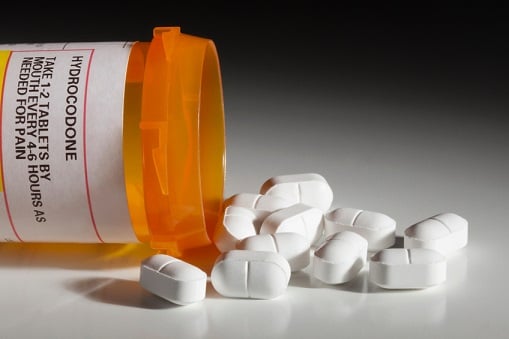Generic drugs tend to get listed more, and coverage is most varied for high-cost drugs

New research comparing Canadian public drug plans has found that different programs significantly overlap in terms of the drugs they cover.
A new report from the Patented Medicine Prices Review Board (PMPRB) examined public plans in 2015 to look at the coverage they provided for 729 drugs, which accounted for 82% of the total public drug costs that year. The drugs that were not part of the analysis included drugs to treat HIV, cancer, and other rare diseases; diagnostic agents; epoetins; over-the-counter drugs; and various other drugs.
Based on the findings, public drug plan formularies listed a fairly high percentage (79%) of the drugs included in the survey. This was especially true for 125 essential medicines like budesonide, fluticasone, insulin, metformin, and warfarin, which were collectively defined as those “that satisfy the priority health care needs of the population.” Among such medicines, 92% were covered across all public plans. Those medications accounted for 98% of the respective costs borne by public plans.
Listing rates for essential medicines varied from 85% to 97%, depending on the plan. For around one quarter of such medicines, individual plans differed based on whether or not they placed restrictions on coverage.
Generally, the researchers found that the 467 generic drugs included in the study had higher listing rates (86% on average across all plans) compared to their 262 branded counterparts (67% across all plans). Public plan coverage for branded products, especially high-cost ones, tended to be restricted based on certain conditions. Generic drug coverage was generally unrestricted, with drug plans differing in their restriction policies for around one third of generics.
Listing rates for branded drugs was also more variable (ranging from 51% to 80%) compared to generic drugs (from 78% to 92%). High-cost branded drugs showed even greater variability, ranging from 37% to 90%.
Related stories:
Universal coverage a real possibility, says noted academic
First Nations in BC moved to provincial drug program
A new report from the Patented Medicine Prices Review Board (PMPRB) examined public plans in 2015 to look at the coverage they provided for 729 drugs, which accounted for 82% of the total public drug costs that year. The drugs that were not part of the analysis included drugs to treat HIV, cancer, and other rare diseases; diagnostic agents; epoetins; over-the-counter drugs; and various other drugs.
Based on the findings, public drug plan formularies listed a fairly high percentage (79%) of the drugs included in the survey. This was especially true for 125 essential medicines like budesonide, fluticasone, insulin, metformin, and warfarin, which were collectively defined as those “that satisfy the priority health care needs of the population.” Among such medicines, 92% were covered across all public plans. Those medications accounted for 98% of the respective costs borne by public plans.
Listing rates for essential medicines varied from 85% to 97%, depending on the plan. For around one quarter of such medicines, individual plans differed based on whether or not they placed restrictions on coverage.
Generally, the researchers found that the 467 generic drugs included in the study had higher listing rates (86% on average across all plans) compared to their 262 branded counterparts (67% across all plans). Public plan coverage for branded products, especially high-cost ones, tended to be restricted based on certain conditions. Generic drug coverage was generally unrestricted, with drug plans differing in their restriction policies for around one third of generics.
Listing rates for branded drugs was also more variable (ranging from 51% to 80%) compared to generic drugs (from 78% to 92%). High-cost branded drugs showed even greater variability, ranging from 37% to 90%.
Related stories:
Universal coverage a real possibility, says noted academic
First Nations in BC moved to provincial drug program


